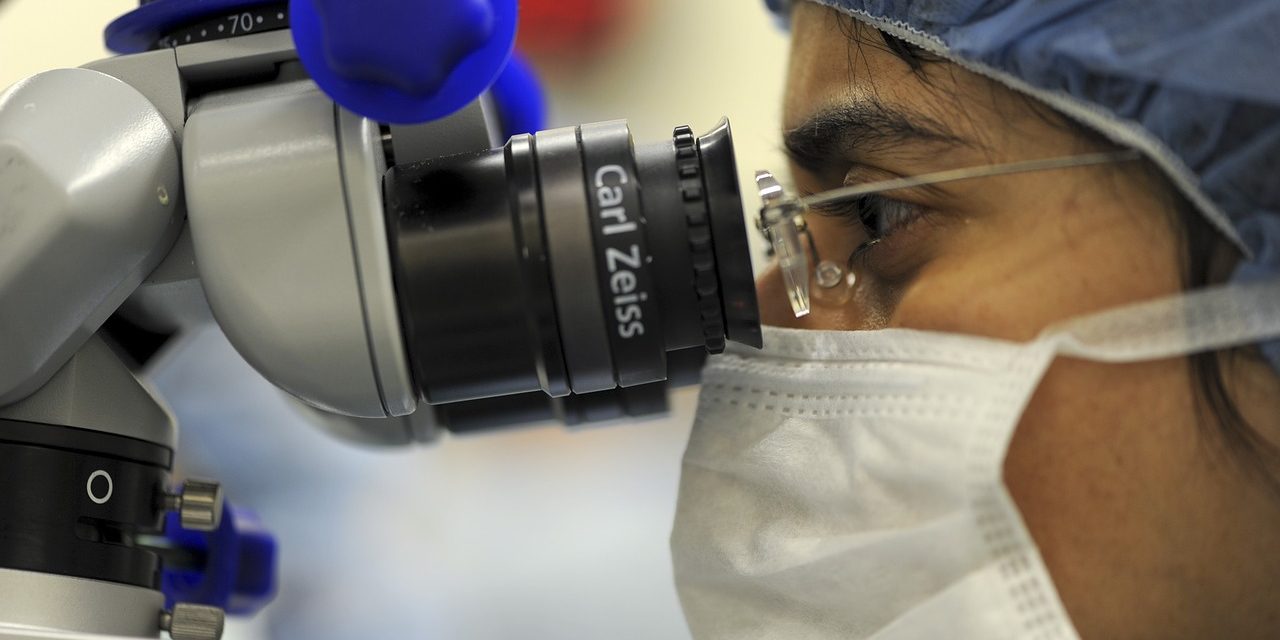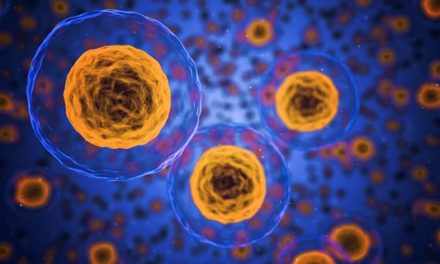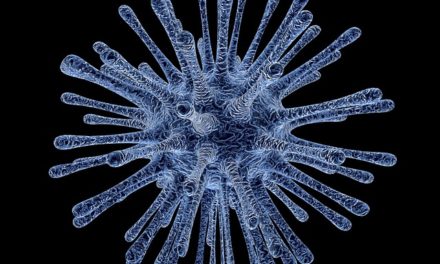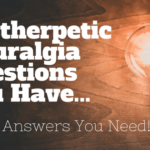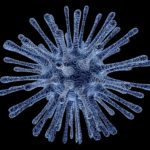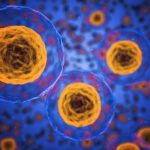Emerging Treatments For PHN
PHN treatment is very subjective. What provides pain relief for one person, may have no impact on another. I do wish we could come up with a single treatment approach or algorithm for PHN, but that will not be possible, at least in the short-term. The good news is clinicians now have an array of evidence-based approaches to managing PHN that have emerged only recently.
Since the mid-1980s, Kenneth E. Schmader, M.D., associate professor of Medicine at Duke University, has witnessed first-hand the devastating impact of PHN on many of his elderly patients.
“The search for effective pain relief is far from over; but the long wait for evidence from randomized, controlled trials of several pain therapies is over. And with the emergence of four, significant treatment options, a new age in PHN pain management has begun.”
Dr Scimader cites a paper published in the May 2000 edition of the journal Drugs, entitied, “Treatment of Postherpetic Neuralgia: An Update,” in which authors Ghassan E. Kanazi, M.D., Robert W. Johnson, B,BS,FRCA, and Robert H. Dworkin, Ph.D., reviewed the findings of recent studies:
Lidocaine Patch: Michael Rowbotham, M.D. of the University of California, San Francisco and his colleagues “recently presented the results of several double-blind…studies in which topical lidocaine in either gel or patch form relieved pain in patients suffering from PHN with allodynia. A majority of patients treated with the… (lidocaine) patch have reported moderate or greater pain relief” Based on this data, the U.S. Food and Drug Administration granted approval to a lidocaine patch for the treatment of PHN in 1999 1:2-4
Noririptyine: C. Peter N. WWatson, M.D., FR.C.P. of the University of Toronto and his colleagues “conducted a double-blind crossover trial comparing (the tricyclic antidepressants, or TCAs) amitriptyline and nortriptyline in a sample of patients with PHN. The results demon-strated that these two TCAs had equivalent analgesic effects in PHN, but… nortriptyline was better tolerated by patients.” Nortriptyline was shown to have fewer side effects than amitriptyline, which “has been the most widely used antidepressant in the treatment of PHN. . .(but) is one of the TCAs with the greatest number of adverse effects.” 1:5
Gabapentin: Dr. Rowbotham and his colleagues also conducted “the largest clinical trial… to date in PHN…a double-blind study (involving the anticonvulsant gabapentin). Treatment with gabapentin was associated with a significant reduction in average daily pain ratings as well as improvements in sleep, mood and quality of life. The safety and efficacy of gabapentin treatment in patients with PHN appeared to be at least as favorable as that reported for antidepressant treatment…(These findings) suggest gabapentin should be considered a first-line treatment in patients with PHN, especially among those without depressive symptoms requiring antidepressant treatment.” 1:6
Oxycodone: Dr Watson and Najib Babul, PharmD “…(directed) a placebo-controlled crossover trial… of controlled release oxycodone. Patients treated with oxycodone had significantly greater pain relief, reduction of allodynia, decreased disability.. than patients receiving placebo. These results not only establish that opioid analgesics have an important role in the treatment of PHN; they also provide compelling evidence that neuropathic pain responds to opioids.” I:7
According to Dt Schmader, the immediate, next steps in research into PHN treatments include additional, controlled trials to determine the efficacy of these four therapies used in combination and the development of newer agents that attack neuropathic pain. He also believes the Shingles Prevention Study, which is attempting to ascertain if immunization with varicella-zoster vaccine can protect against PHN, will help scientists determine whether PHN prevention is a valid strategy.
I. Kanazi, G.E., Johnson, R W, and Dworkinn, R.H. Treatment of postherpetic neurlagia: an update. Drugs 2000 May; 59; 1113-1126
2. Rowbotham, M.C., Davies, P.S., Fields, H.L. topical Lidocaine gel relieves post-herpetic neuralgia. Ann Neurol 1995; 37; 246-53
3. Rowbotham, M.C., Davies, PS., Verkempinck, C.,et al. Lidocaine patch: double-blind controled study of a new treatment method for postherpeti neuralgia. Pain 1996; 65; 39-44
4. Galer,B.S., Rowbotham, M.C, Perander, J., and Friedman, E. Topical lidocine patch relieves post-herpetic neuralgia more effectively than a vehicie topical patch: results of an enriched enrollment study Pain 1999:80: 533-8
5. Watson, C.P.N., Vernich, L., Chipman, M., et al. Nortriptyline versus amitriptyline in post-herpetic neuralgia: a randomized trial. Neurology 1998; 51; 1166-71
6. Rawbotham, M.C., Harden, N., Stacey; B., et al. Gabapentin for the treatment of post-herpetic neuralgia: a randomized controlled trial. JAMA 1998; 280; 1837-42
7. Watson, C.P.N. and Babut, N. Efficacy of oxycodone in neuropathic pain: a randomized trial in postherpetic neuralgia. Neurology 1998; 50; 1837-41
NOTE: This article is reprinted from the Varicella Zoster Virus Research Foundation by permission. The VZV Research Foundation is dedicated to leading the fight against VZV infections: Chickenpox, Shingles, and Post-Herpetic Neuralgia (PHN).
Did you know that:
Six out of every ten PHN sufferers who try PainBreak, a new topical analgesic,
are getting relief… Now it’s your turn!
But will PainBreak work for you? There is only one way to find out…
Complete the following “Quality of Life Questionnaire” and I will send you a 30 day supply of Painbreak absolutely “free” and postage paid.
From Boyce N Berkel, MD, PhD – Neuralgia Relief Center – For Your Health and Betterment

